Salvia plants add wonderful colour to a summer garden. They require only moderate watering, they can handle extreme heat, and they flower for months.
Summer in Australia tends to be very hot and dry. Where we live temperatures close to (and sometimes over) 40 °C (104 °F) are not uncommon during the summer months. This extreme heat can be hard on our garden so we try to choose plants that can tolerate these conditions. Plants that require lots of water don’t tend to last too long in our garden!
That’s why we like growing salvia plants in our garden. They provide colour and they also cope well with our hot dry summers. Unlike some other flowering plants, they don’t droop and the flowers don’t get burnt off in the hot baking sun. We water our salvias once or twice a week depending on how hot the weather is. Often this is because the surrounding plants are drooping, not because the salvias are stressed.
Salvia plants are very easy to care for too. We just prune them back by about half when they have finished flowering at the end of the summer. In the spring time they bush up nicely and are soon providing lots of colour.
The salvia plant is also known as sage and it is in the mint family. Like mint the salvia has a strong smell when you brush against or crush the foliage. We have several salvia plants in our garden and they are bright and colourful even on the hottest days.
If you want to attract birds and butterflies to your garden then salvias are a great plant to have. We have many nectar loving birds in our garden and they just love the salvias. In the last couple of years we have also noticed an increase in butterflies in our garden which could be because we planted out several salvias a few years ago.
Most of the salvias that we have are members of the ‘Heatwave’ series that was developed in Melbourne Australia in response to our hot dry climate. There are lots of other ornamental salvias available thought (check some out here).
You can even get a salvia variety that is grown as an annual where we live. It is called salvia splendens or ‘scarlet sage’ and it is more tender and frost sensitive. In warmer climates they would grow year round but in our garden they die off completely once the winter frosts begin and we pull them out.
The ones we planted were mixed colours and while smaller than other salvias they provided lots of summer colour. Ours even self-seeded so we had quite a few new plants come up the following spring!
Actually once you have a salvia plant it is fairly easy to grow more yourself. You can take softwood cuttings and plant them up or harvest some spent flowers and grow from seed. I have found that our salvias also produce new plants by layering very easily. I trim back the branches that run along the ground to stop them from spreading too much. But you could also chop off the spreading branch that has taken root, then dig it up and transplant it to another part of the garden!
One last benefit of growing salvias is that rabbits don’t seem to eat them! It might be because of their strong smelling foliage. Check out my post on which plants that rabbits will and won’t eat in our garden for more information.
Salvias are one of my favourite summer flowering plants just because they are so easy to care for. Even when the sun is really burning down the salvias still have their bright masses of flowers.
What is your favourite summer flower?
Note: A post on Growing Salvia Plants was first published on 11 January 2014. The post has been updated and republished on 14 February 2021
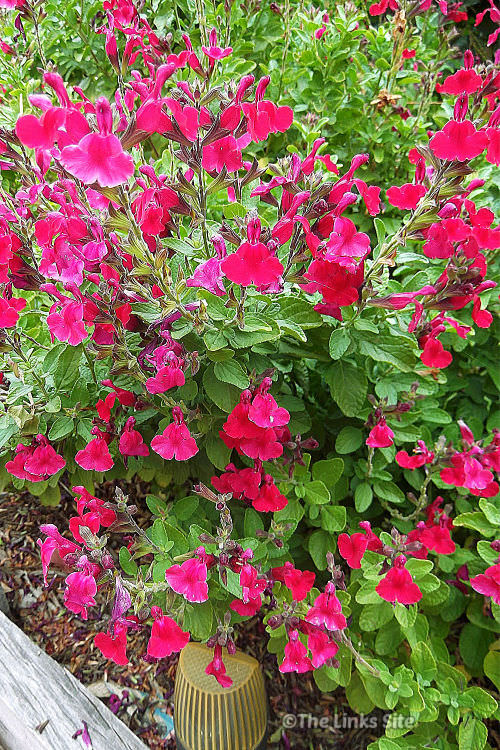
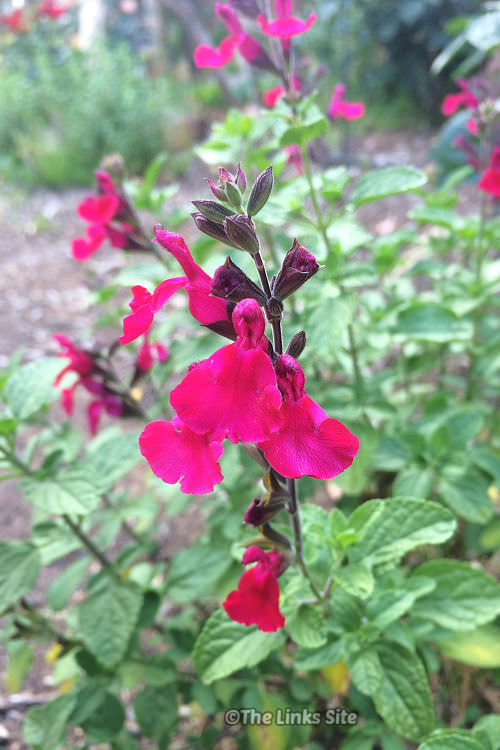
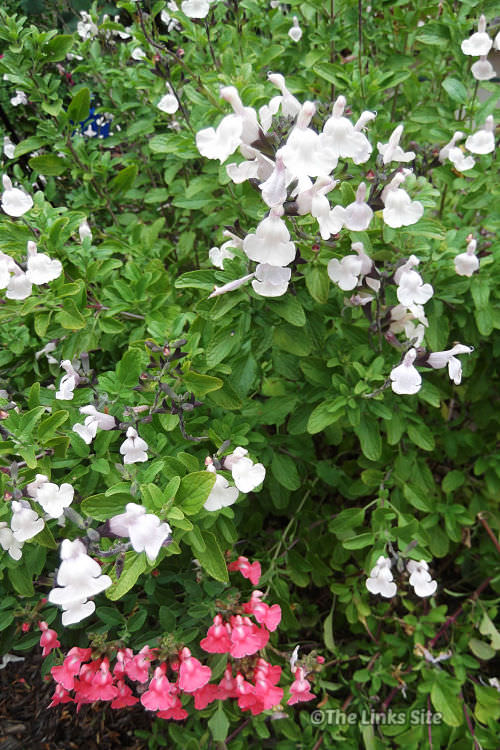
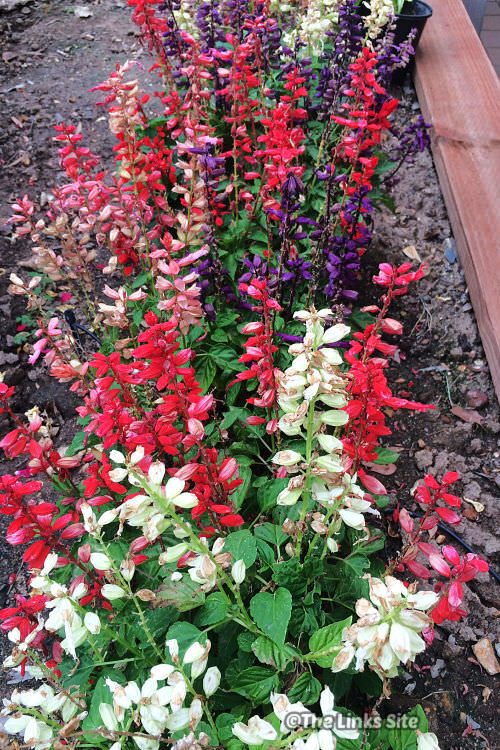
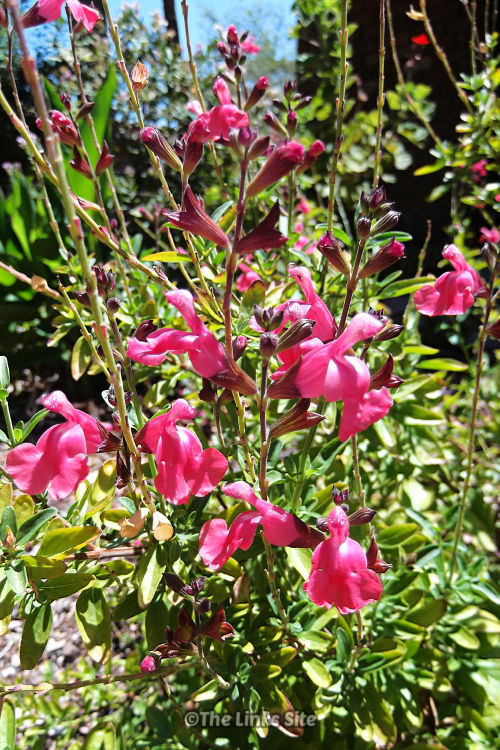

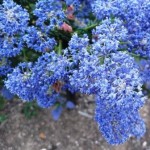
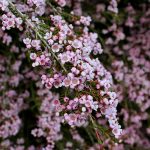

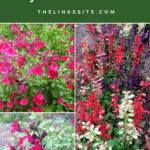
Thanks for sharing the useful information. please post how to maintain the garden in summer season…